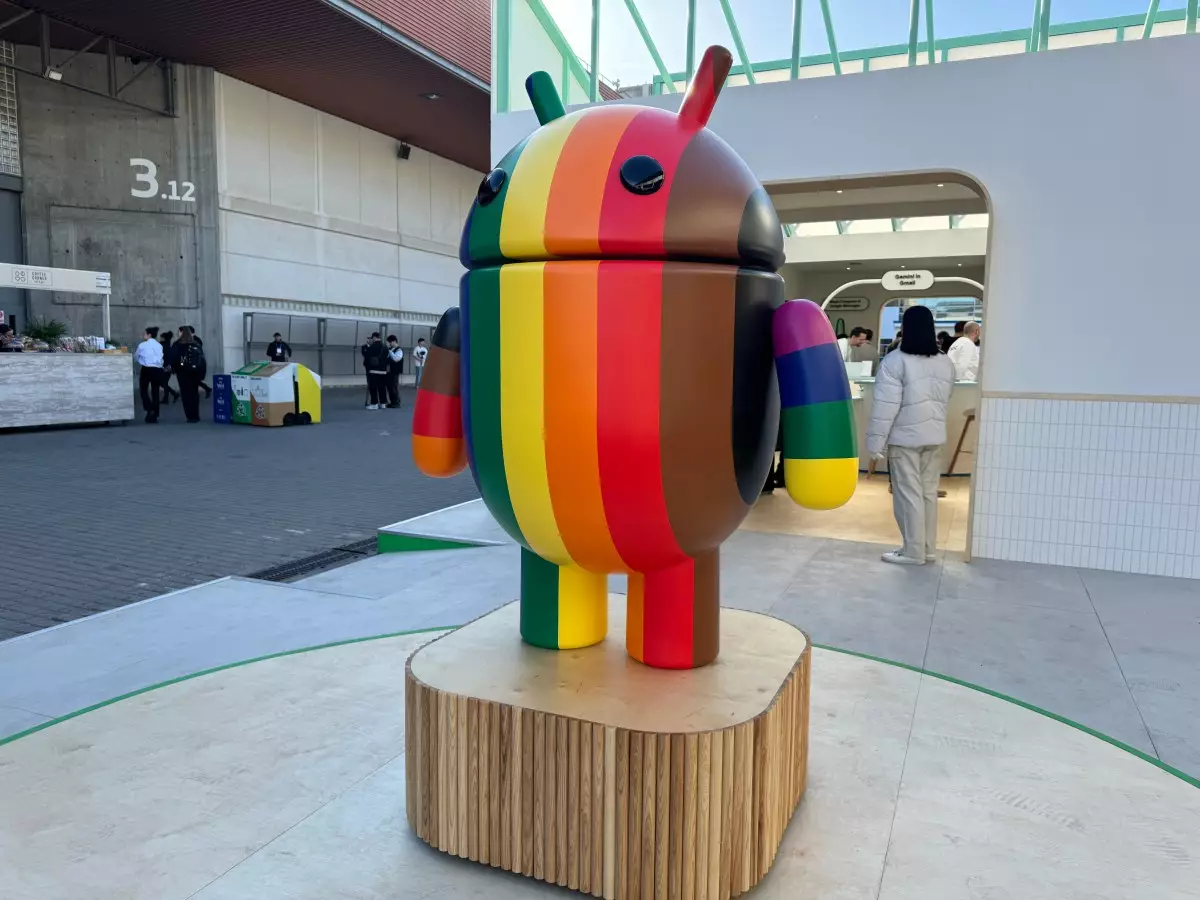As technology evolves, so too does the need for software to adapt and deliver enhancements seamlessly. Google’s recent announcement regarding the first developer preview of Android 16 marks a significant shift in how the company intends to roll out operating system updates. This proactive approach could reshape the Android ecosystem, offering benefits not just for developers but for end-users as well.
Traditionally, Google released its first Android beta around the second quarter of the year, followed by a stable version in the latter half. This predictable pattern, however, has often been accompanied by a degree of fragmentation, with different devices operating on varying versions of Android. By moving the debut of Android 16’s stable rollout to Q2 of 2025, Google aims to synchronize releases across more devices in its ecosystem. This is particularly crucial in the competitive smartphone landscape, where iOS devices have often enjoyed more cohesive updates.
Matthew McCullough, VP of Product Management for the Android Developer Ecosystem, highlighted that this shift is intended to align better with annual device launches. The implication is clear: the sooner Android features are accessible, the better equipped manufacturers will be to integrate these innovations into their devices. If executed correctly, this could potentially limit the fragmentation that has plagued Android users and lead to a more uniform experience across devices.
One of the most intriguing aspects of the first developer preview for Android 16 is the introduction of an embedded photo picker. This feature simplifies how applications access user-selected photos, bridging resources located both locally and in the cloud. Such functionality is paramount in today’s app ecosystem, where users expect easy, efficient interactions with their data. For developers, this means less time managing photography permissions and more time fostering innovative app features, thus potentially increasing user engagement.
Another significant feature is the developer preview of Health Connect, which introduces APIs for handling health records. Given the growing importance of health and fitness tracking, this capability enables apps to manage medical records using the FHIR (Fast Healthcare Interoperability Resources) standard, enhancing interoperability between systems. This addition not only pivots Android towards a greater focus on health technology but also empowers developers to create solutions that could significantly improve user quality of life.
The strategic decision by Google to separate major and minor SDK releases encapsulates the company’s commitment to addressing developers’ needs. A major release in Q2 2025 paired with a minor release in Q4 2025 allows for a consistent influx of new tools and features available to developers within the same year. This structured release model is intended to alleviate the prior complexities where developers had to navigate multiple point releases, significantly hampering their ability to innovate confidently.
Seang Chau, VP and GM of the Android Platform, underscored the need for a more coherent release framework. The shift to early major API introductions means that developers will have a solid foundation on which to build before seasonally adding new features, minimizing the chances of breaking existing applications during transitions. This foresight could drive an uptick in the quality of apps available to users, enhancing the overall Android experience.
The release of Android 16’s developer preview signifies more than just a new version of the operating system; it represents a fresh approach to software deployment that prioritizes developer experience and user accessibility. While challenges remain, especially regarding the stability of this new rollout schedule, the potential to diminish fragmentation and accelerate feature availability is a step in the right direction. If successful, not only could Google bolster its competitive edge against iOS, but it could also cultivate a more vibrant and innovative Android ecosystem that caters effectively to the needs of both developers and end-users alike.

